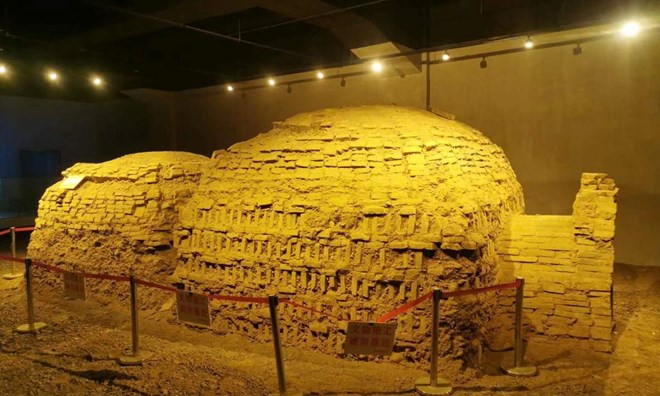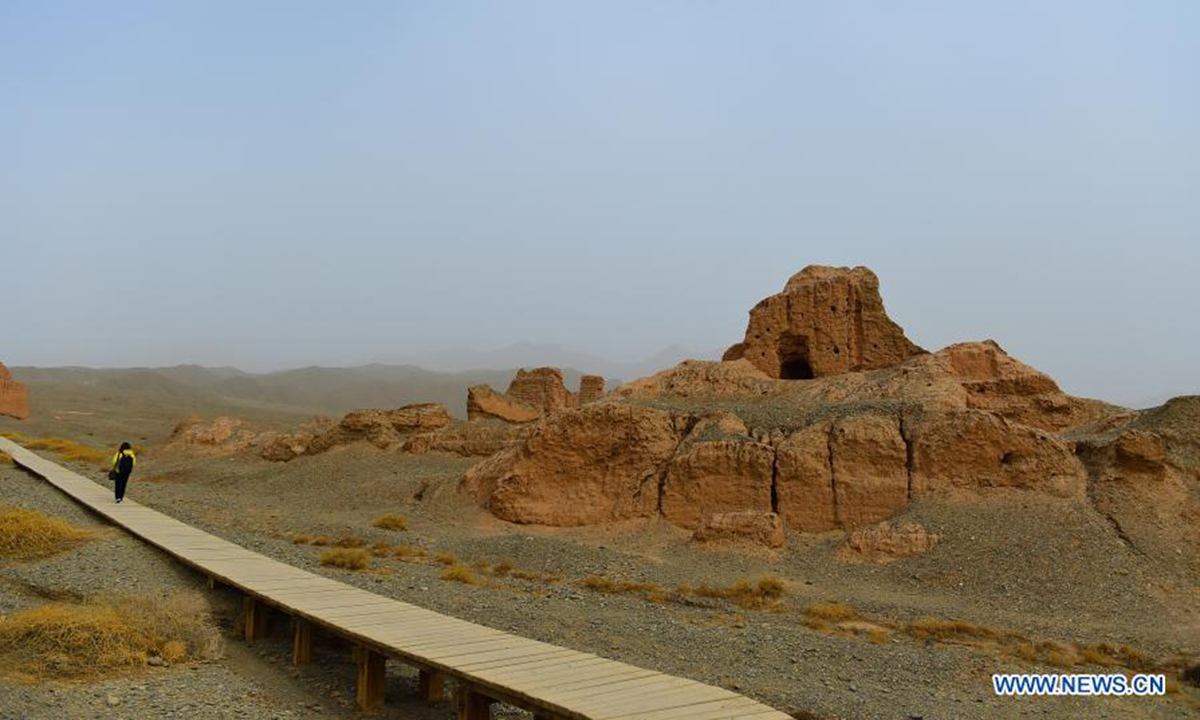
The first underground mausoleum museum in China’s Xinjiang Autonomous Region is scheduled to open in April, Global Times reported.
The museum is located in the Kuqa Youyi Road archaeological site in Kuqa city in Xinjiang’s Aksu province. In 2007, the site was ranked as one of the 10 notable archaeological discoveries in China.
Chen Kui, the project director responsible for building the museum, told the media: “Currently, we are completing works related to water, electricity and roads.”
To protect ancient tombs, it is necessary to continuously adjust planning during the construction process. Mr. Chen said that after more than a year of construction, the project is now in the final stages and is expected to open to the public in April 2024.
The Kuqa Youyi Road site – a cluster of ancient tombs from the Jin Dynasty (265-420) and the Sixteen Kingdoms period (304-439) – is the only tomb discovered in Xinjiang made from bricks with “Characteristics of Han mausoleums that are common in the Central Plains”.

“According to archaeological research, the owners of the tombs here were either Kuqa nobles deeply influenced by the culture of the Central Plains, and soldiers who moved from the Central Plains to live in the Kuqa area. or migrants from the Hexi Corridor – an important center on the ancient Silk Road” – said Feng Wei – Deputy Director of the museum.
Feng added that these tombs have great value, serving as historical evidence of interaction, exchange and integration between civilizations in the region and the Central Plains, and have practical significance. important practice in forming a sense of community for the Chinese nation.
The museum is located 7 to 9 meters above the ground. The museum includes an above-ground floor, an underground passage, and an area displaying tomb excavations. This will be a vibrant cultural space, introducing a total of 15 ancient tombs to the public.





